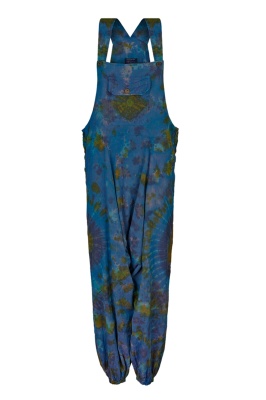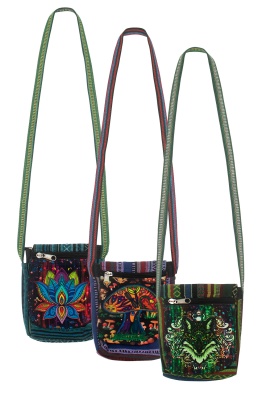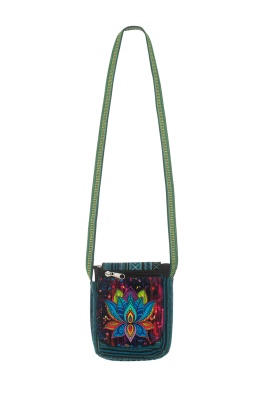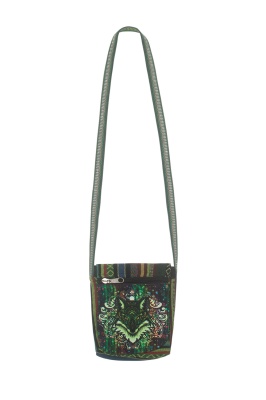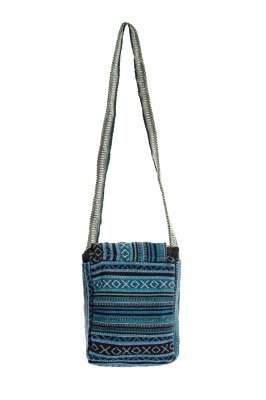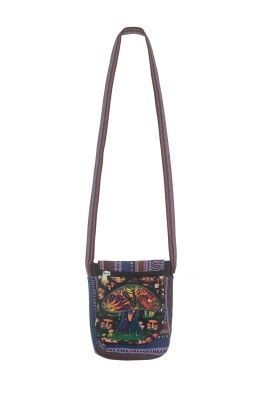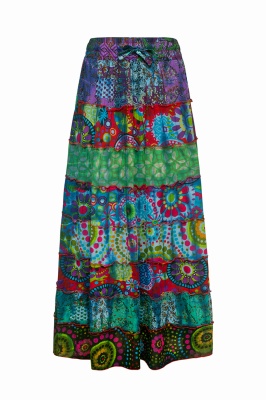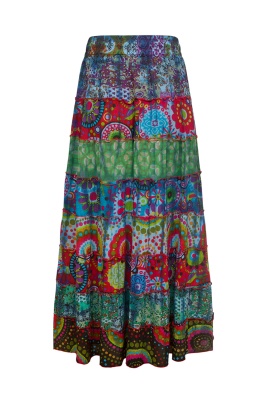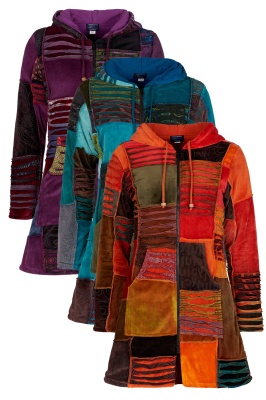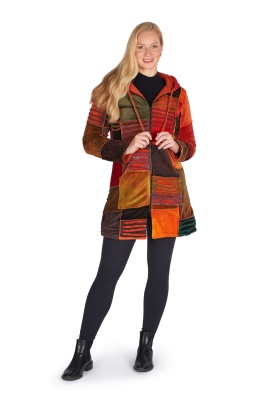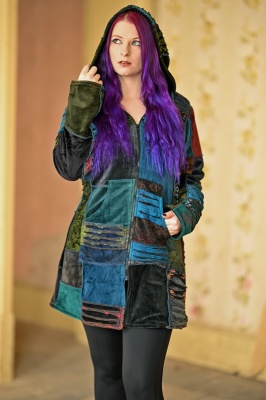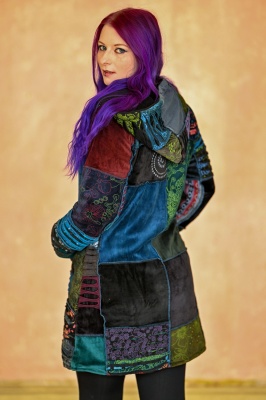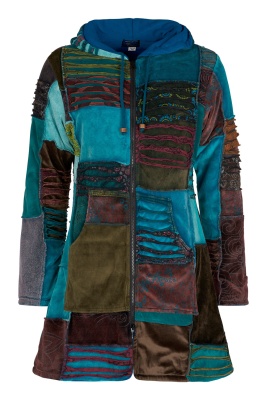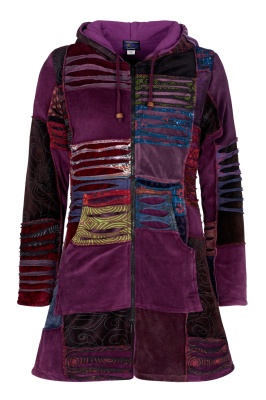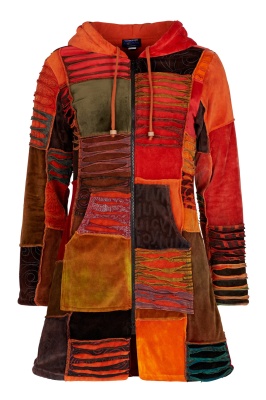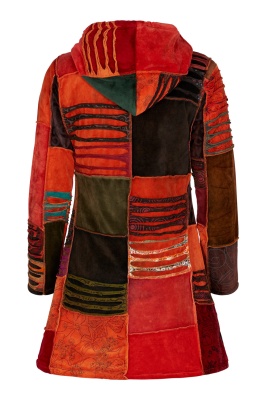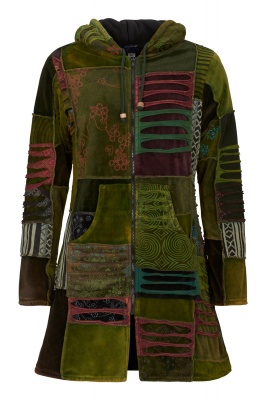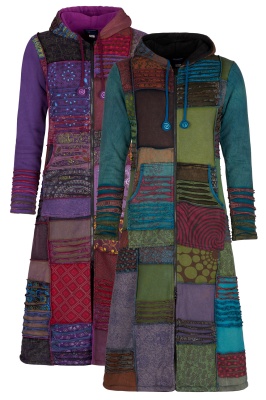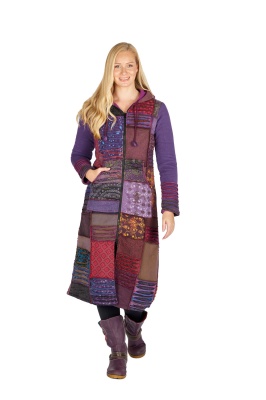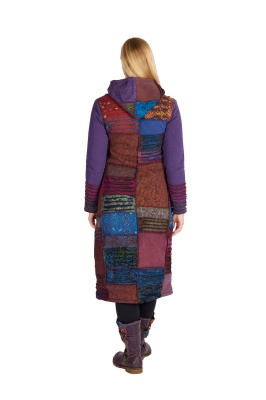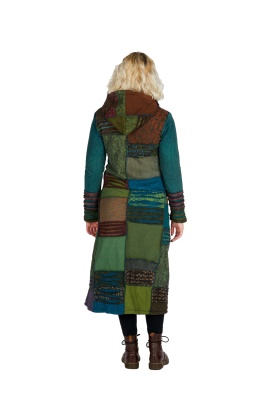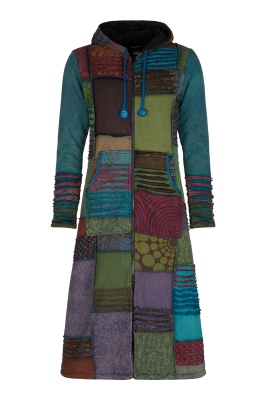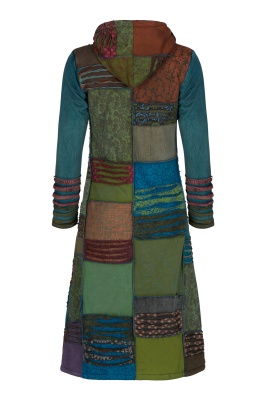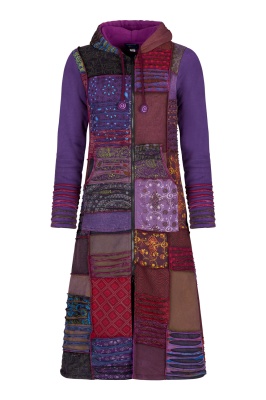Inspiring news for alternative fashion fans
The idea hasn’t gone mainstream yet, but a load of exciting alternative leathers and other fabrics are being developed to help the fashion industry become more sustainable: playing a part in slowing climate change, finding alternatives to the environmentally damaging methods of making regular fabrics, and stopping the vast amounts of waste the traditional fashion sector creates.
If you’re environmentally-minded and care for the natural world your first stop is to buy slow alternative fashions like ours, clothes created to last instead of wear-a-few-times-then-throw-away fast stuff. It won’t be long before you’ll also be able to buy clothing made of these bizarre, amazing and unusual fabrics, each with an inspiring story behind it. So far only used by designer brands, these innovative materials will eventually make their way into the real world.
Apple leather made from leftovers from apple juice
Apple leather is a by-product of apple juice, the leftovers from apple juice manufacture don’t look like much to write home about, but they contain oodles of tough cellulose, perfect for fabric. Turned into a powder then combined with synthetic polyurethane, the fibres make a beautifully soft leather with a miniscule CO2 footprint compared to animal skin.
Nettle fibre
Bronze Age people made fabric from nettle fibres, which are incredibly tough and strong. Then cotton came along and nettle fibre disappeared. But nettle plants take a lot less water and pesticides to grow, making them impressively sustainable. The fibres are carded and spun like wool to make a strong cord perfect for fishing nets and rope. Blend it with softer cotton fibres and it is ideal for clothes.
Leaf leather from the teak tree
Leaf leather is tough, water-resistant and features the natural design of the leaves. The leaves are soaked in water, dyed, then laid flat to dry. They stick together as they dry, creating a sheet of fabric.
Orange fibre from citrus peel
120 tons of citrus fruit peel wasted every year? Crazy. No wonder one Italian firm decided to do something about it. Called Orange Fiber, they’ve invented a sustainable fabric made from the peel usually wasted during the orange juice manufacture process, extracting the cellulose from the peel then using a secret process to create spin-able fibres. The result feels a lot like silk.
Wine leather, AKA Vegea
Vegea is made from waste left over from making wine, plus vegetable oils and natural fibres from farming. It’s a brilliant idea when every 10L of wine produces 2.5L of skins, stalks and grape seeds, and every 2.5L of this waste makes a square metre of leather-like fabric. The production process doesn’t involve any toxic chemicals, solvents or heavy metals.
Forget Nylon, use Econyl
Nylon fishing nets are the scourge of the seas and oceans, creating horrific levels of pollution. Luckily they can be up-cycled and reused infinitely, recreating Nylon’s original purity without losing quality. The fabric has 90% lower environmental impact than making brand new Nylon.
Marvellous Mylo mushroom leather
We love mushrooms, a design we like to feature in our lovely alternative clothes. Mylo comes with a teeny weeny environmental impact, made from the underground root systems of mushrooms called mycelium. The cells grow on organic matter in a vertical farm powered by 100% renewable energy, then tanned and dyed to create leather.
Piñatex pineapple leather
You’ve probably guessed it by now - pineapple leather is made from leftover pineapple leaf fibres, which are particularly long and strong. Dried and purified, they’re mixed with a corn-based acid to make a mesh like felt. They colour it with special environmentally friendly dyes then coat it with a polyurethane to make it stronger and more waterproof. More than 100 fashion brands already use it in their designs.
Algae fabric
Fabrics and dyes made from algae are a boom industry at the moment, involving everything from growing the algae in vertical farms using solar power and sea water to adding cellulose to create fibres. The process is energy efficient, avoids toxic chemicals, and uses 80% less water than growing and making cotton.
Cactus leather
Cacti are natural soil renovators, help stop soil erosion, and absorb vast amounts of CO2. The Opuntia Cactus is the source of a remarkable fabric made from mature leaves, which are mashed and left to dry before being mixed with non-toxic chemicals and backed with supporting material.
Lotus fabric
Like the mushroom, the lotus flower appears on some of our alternative clothing, a powerful symbol. The magical fabric made from the stems feels like a mix of silk and linen. It’s breathable, wrinkle-resistant, wonderfully soft, resists stains and is totally waterproof. Sadly the fibres can only be extracted by hand, a delicate job taking a lot of time and skill. And that’s why lotus fabric clothing is still a very expensive choice.
Add mango leather, Tencel fabric made from sustainably grown eucalyptus trees, biofabricated leather made from lab-grown yeast collagen, Spiderweb-inspired Spinnova fabric made from wood, farm waste and textile waste, and banana fibre fabrics and you can see the positive direction fashion is going. Here’s to a greener, kinder, more sustainable future.

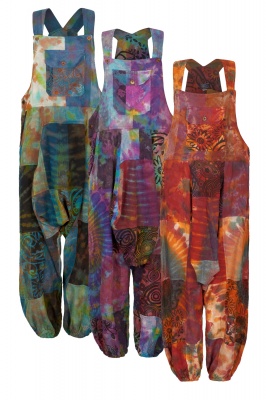
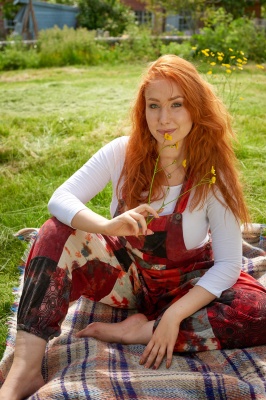
.jpg)
.jpg)
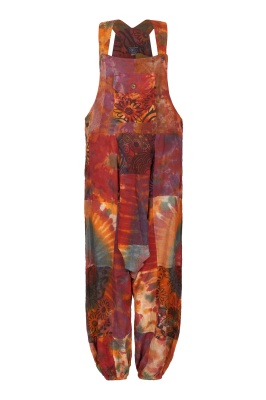
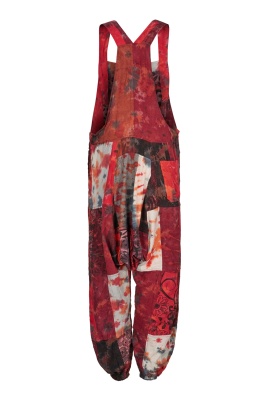
.jpg)
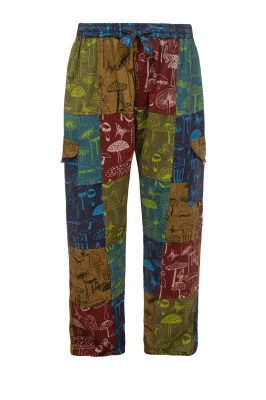
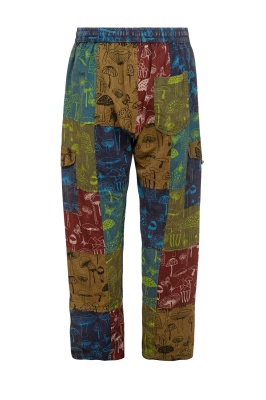
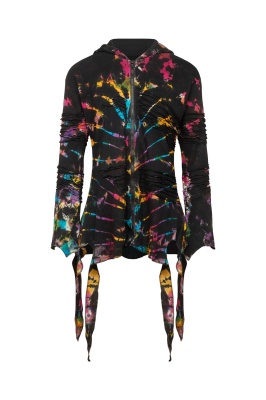
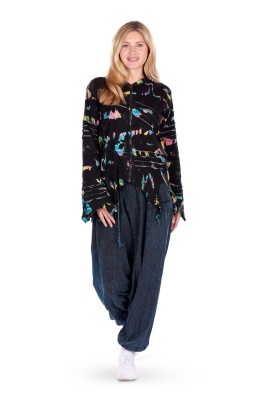
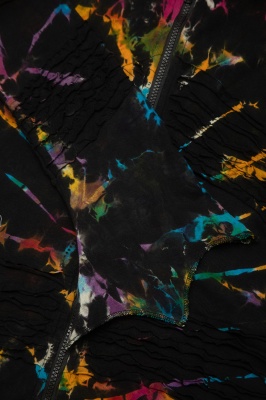
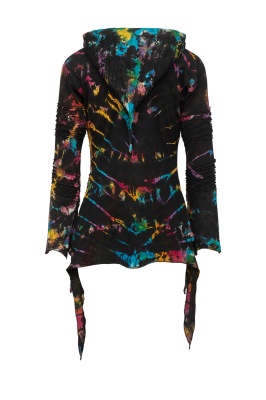
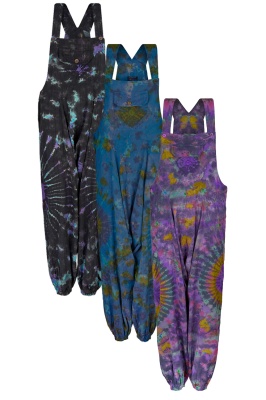
.jpg)
.jpg)
.jpg)
